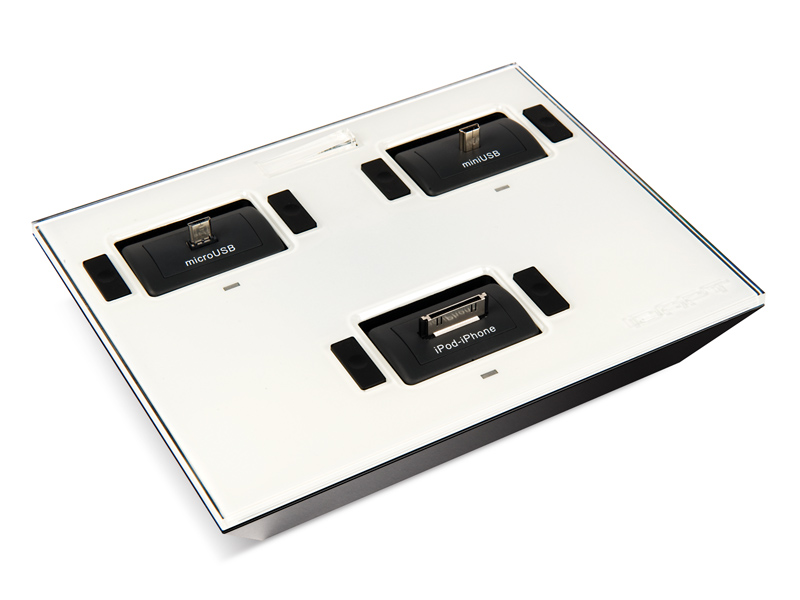Beyond gadgets: what's next for wireless power?

The surprise hit of this year's CES was wireless charging - and the technology is set for a major boost during the remainder of 2013.
Nokia, LG, HTC, Motorola and Samsung have already put Qi standard wireless power receivers into recent phones like the Lumia 920 as well as Bluetooth headsets.
Nokia promised last year that US coffee chain Coffee Bean would offer wireless charging points in its tables and the Las Vegas store marks the fifth US city to get them. You can borrow a charging case or micro USB adapter if your phone doesn't have Qi built in.
Buying a whole new wireless charger might seem like a waste when you get a wired charger free with your phone.
If you have one of IDAPT's handy multiple charging bases which have interchangeable tips to charge three or four devices at once, the company will soon have a $60 module that adds Qi charging. You can slot it onto the charging base – or use it to turn your existing charger into a Qi charging pad.

The other approach is to put a Qi charger into something you're already plugging in – like a Bluetooth wireless speaker. Put your phone on top of TDK's new Wireless Charging Cube and it uses NFC to pair the two, Bluetooth to stream your music and Qi to charge your phone. By CES 2014 we're expecting to see almost anything you plug in, from a speaker to a lamp to a set-top box to have a Qi charging point built in.
Pretty soon, that will also include your tablet. Fulton (who has developed many of the components that put Qi into devices like the Lumia 920) showed us a modified Galaxy Tab with a two-way wireless power antenna inside.
Sign up for breaking news, reviews, opinion, top tech deals, and more.
It charges wirelessly from a medium-power charging pad (which goes up to 15W) but when you turn it over, you can charge your phone or your Bluetooth headset wirelessly from the tablet. That way, you can boost whichever device you need to use most.

The medium power wireless charging specification is almost finished and tablets and tablet charging pads should be out this year. It's powerful enough that you don't have to worry about getting devices aligned as precisely with the charging coil in the pad (which can be almost as fiddly as plugging in a cable) and they can be an inch or two above the pad as well (in a case or bag, for example).
The second version of the medium power spec will cover laptops and power tools, with charging pads delivering 80-100W. After that comes the high power specification, which will let you run kitchen appliances like blenders – and once you've put a wireless power point into your worktop to power a blender, you can use it to charge your laptop or phone as well.
For lower power devices, like AA batteries, Fulton can print the entire charging coil and connector with conductive ink on paper. We saw a demo of a printed business card with an e-ink panel that light up when we put the card on a wireless charging point.
That means you could print a wireless charging receiver onto the label that the manufacturer wraps around a standard rechargeable battery – turning it into a wireless rechargeable battery that fits anywhere a normal battery does, like an Xbox controller or your TV remote. And now that you don't have to have the receiver right on top of the charging pad, you'll be able to recharge those batteries without having to take them out of whatever you're powering.
Qi isn't the only way to deliver power wirelessly. New Zealand company Power by Proxi is hoping to turn wireless charging upside down with a system that also doesn't make you to line your device up neatly on a charging point, or take the batteries out of devices like toys and remote controls.
Mary (Twitter, Google+, website) started her career at Future Publishing, saw the AOL meltdown first hand the first time around when she ran the AOL UK computing channel, and she's been a freelance tech writer for over a decade. She's used every version of Windows and Office released, and every smartphone too, but she's still looking for the perfect tablet. Yes, she really does have USB earrings.